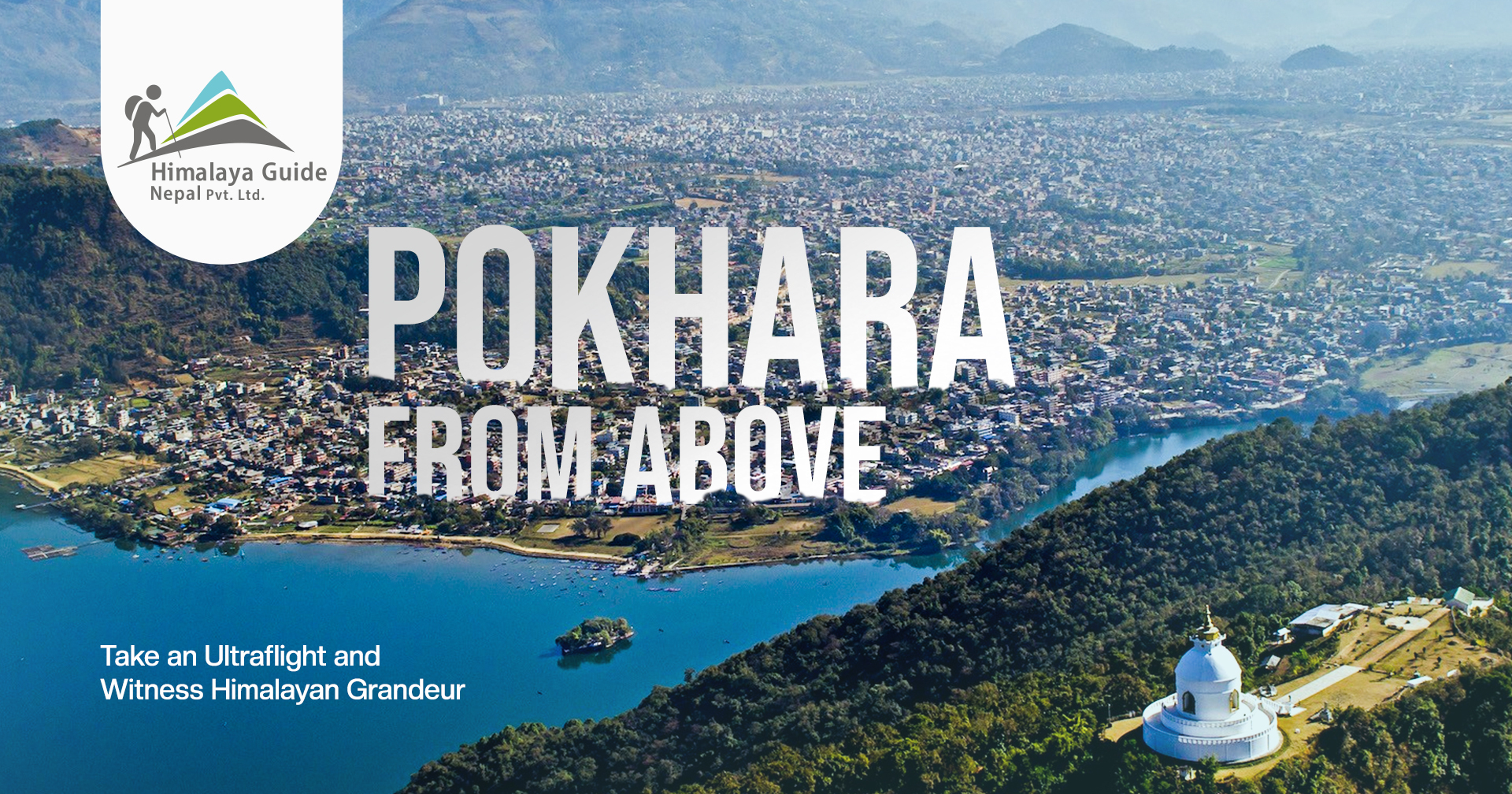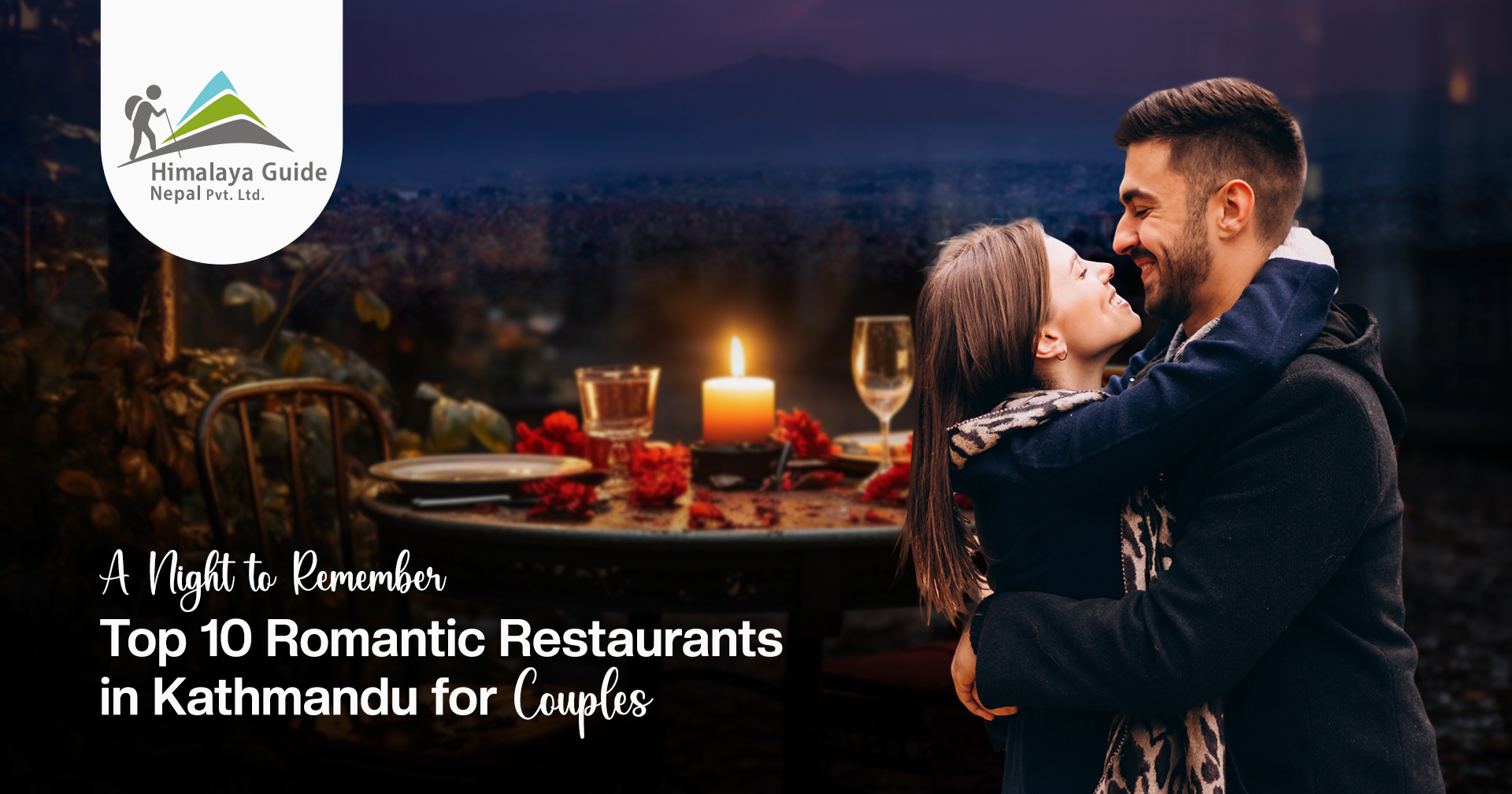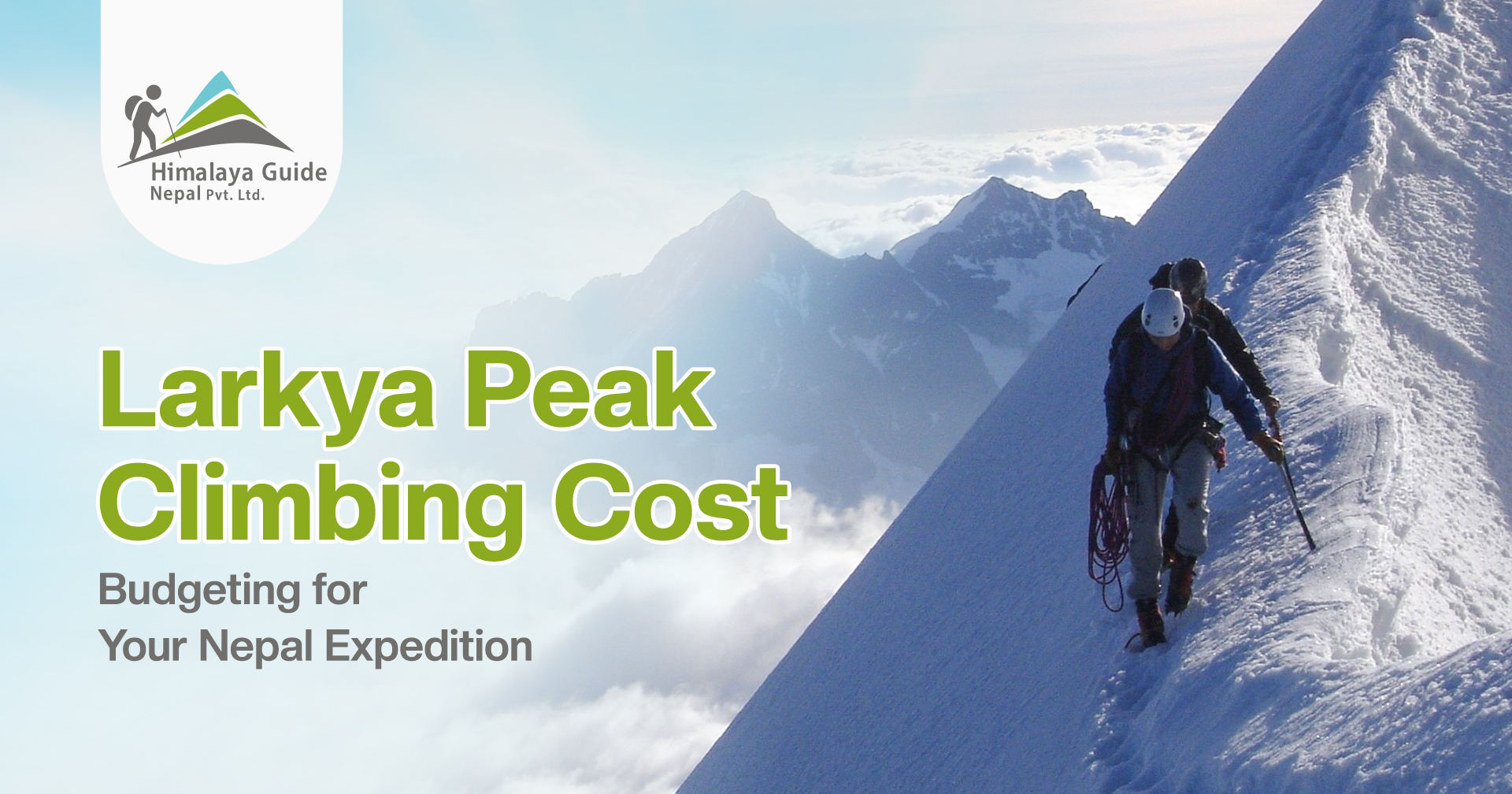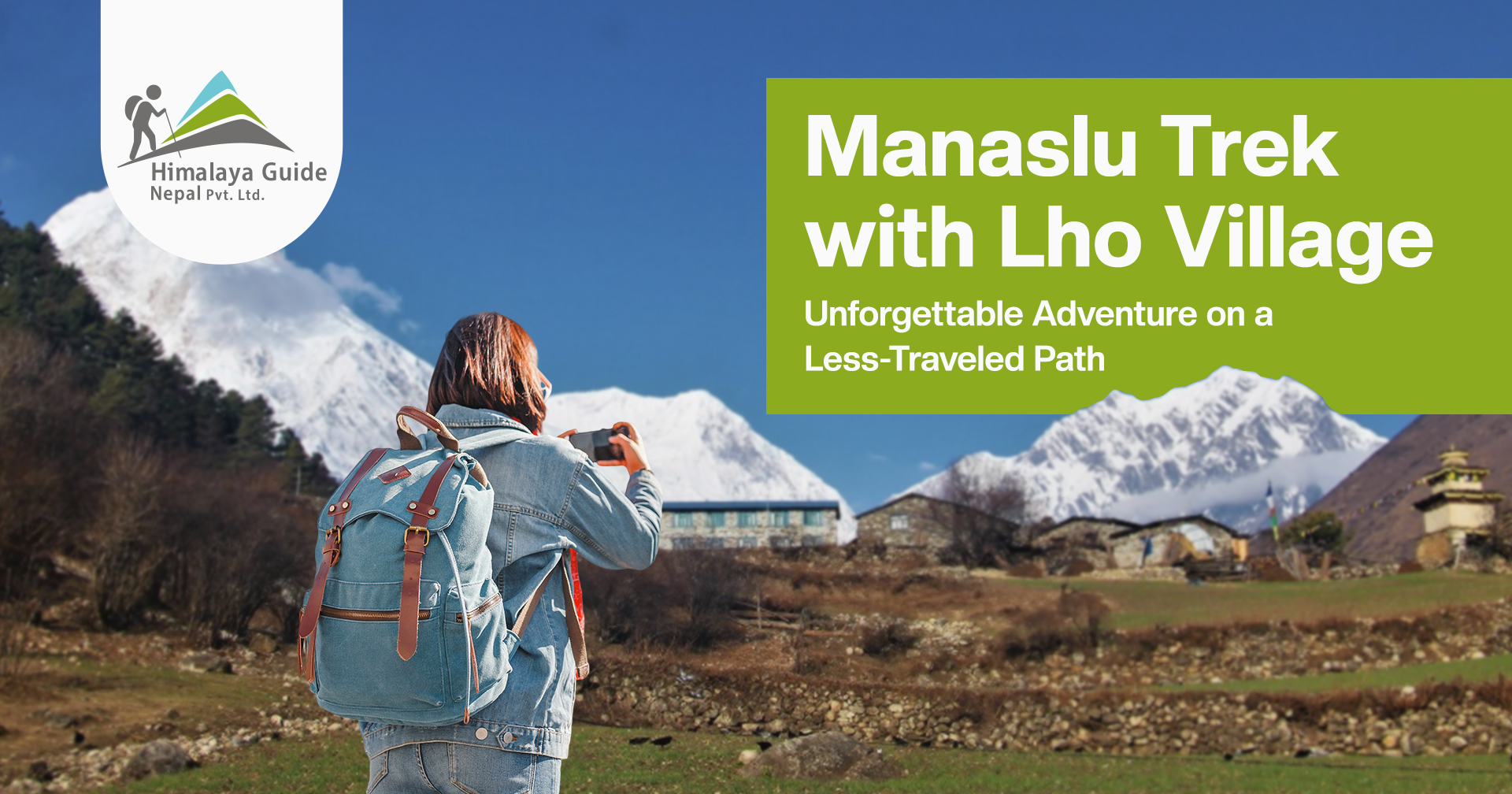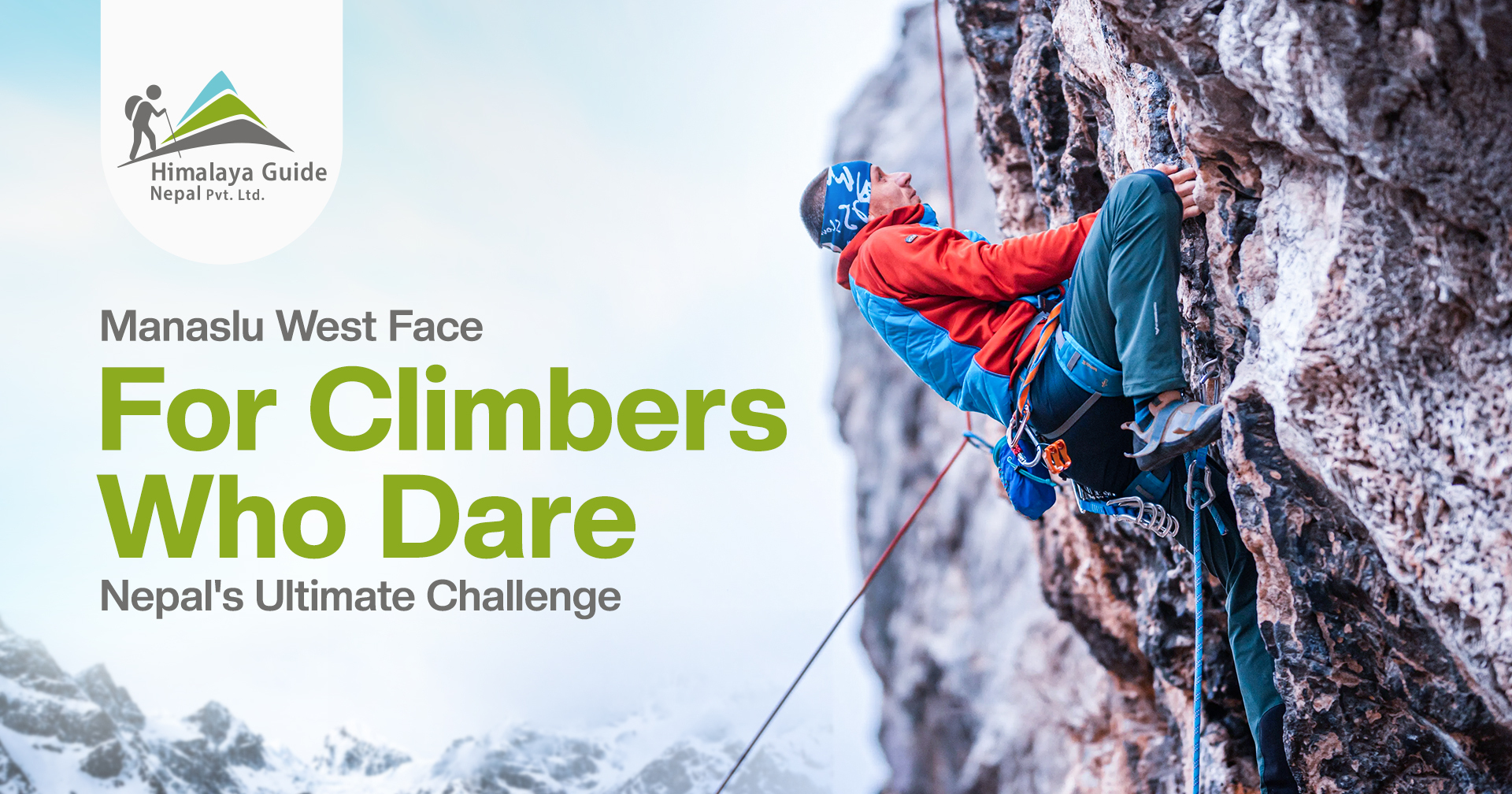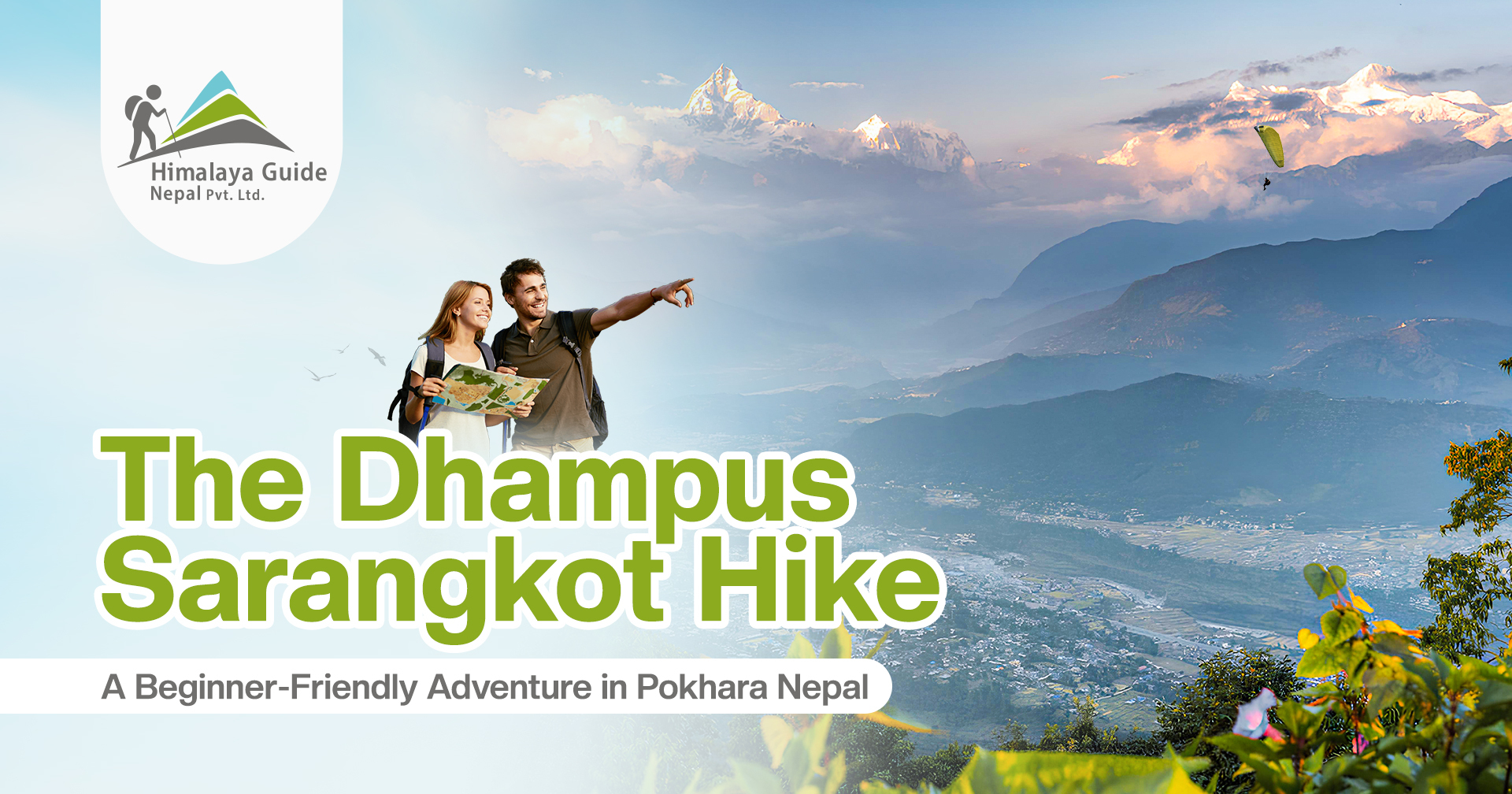The Himalayas from above are as beautiful as you could dream of. Getting a chance to take an ultralight flight in Pokhara is just magical, Initially, it can feel a bit nerve-wracking and painful, but once you adapt to the flight as a first-timer, you enjoy an open-air cockpit seat with a fellow licensed pilot who helps you see the Lake City of Pokhara from above.
Ultralight flight experience in Pokhara: how does it feel?
The small, lightweight aircraft gives you a chance to have 360-degree panoramic views of the surrounding Himalayan range, Annapurna, Dhaulagiri, and Machhapuchhre Himalayan giants. Depending on the flight scheme you choose, the route and timing may vary, so get a chance to soar above the cloud for 15 minutes to 1.5 hours, based on your preference, and fly over rivers, forests, and surrounding villages from Pokhara.
You get open-air, unlike in a plane’s cabin, which makes the views clearer and gives you a unique view, as this short-duration flight can give you the most amazing mountain scenery of your life.
The ultralight flight operates with safety gear, and pilots are trained so you can give it a complete first-time try to see the Himalayas from a fresh perspective. It is one of the bucket list adventures that you can do in Pokhara, the capital city of tourism in Nepal, an experience that helps you fly like a bird among the world’s highest peaks.
Can you take the Ultralight fight in Pokhara without prior experience?
Yes, you can take an ultralight flight to Pokhara without prior experience as you take a passenger seat. It feels like a two-seater riding experience as your pilot gives you an exclusive on-hand experience, and it’s more about you and your moment in the higher air, just above the clouds, and the beautiful lake city of Pokhara.
It gives you euphoria as you take a flight in Pokhara, above the top of the Himalayas, since fear hits you at some point, but there is no risk of falling. It is a must-do adventure for everyone, at least once in life, to take a closer look at the beauty of Nepal.
Cost details for the Pokhara Ultralight Flight (for foreign citizens)
The price of an ultralight flight in Pokhara starts at Rs 17,600 and there can be a special discount for Indian and Nepalese citizens; they get to take a half-hour ultralight flight in Pokhara for 30 minutes for NPR 25,600.
| Flight Duration | Flying Route | Cost of flight (updated 2024) |
| 15 minutes | Pokhara City Tour | NPR 17,600 |
| 30 minutes | Close to Mt. Fishtail | NPR 25,600 |
| 60 minutes | Mountain Flight (Mt. Fish Tail & Annapurna Range) | NPR 38,400 |
| 90 minutes | Mountain Flight (Mt. Fish Tail, Annapurna Range & Kapuche Lake) | NPR 53,120 |
What locations does the Pokhara Ultralight Flight Trip cover?
Pokhara Ultralight flight It’s an open aircraft that operates above Pokhara City. Within the first 15 minutes of the trip, you get to soar above the World Peace Pagoda, Lakeside, Seti River, Phewa Lake, and the other attractions of Pokhara.
In the next 30 minutes, you explore the Sarangkot region, Annapurna Himalayan range, and Fishtail Mountain, and have an extended time over the cloud. In the 90-minute ultralight flight, you soar over Yeti House, Kapuche Lake Glaciers, Lamjung district, and Dhaulagiri mountain, and have a slow, no-rush flight over Pokhara and its surrounding beauty.
Are there any restrictions on age and weight to take an ultralight flight in Pokhara?
Yes, there are minimum age requirements; a child has to be over 12 years old to participate in this ultralight flight in Pokhara. Anyone under 18 is allowed for ultralight, but only when their parents sign a consent form under the risk of the adventure.
In addition to this, there is a weight limit to be eligible for flying experience over Pokhara. If you are over 100 kg, sadly, you are not allowed to participate in this activity.
Many ultralight flight specialist teams, like Rugged Trails Nepal and Avia Club Nepal, have made these sightseeing tours on flights around Pokhara. Feel a life, when you do something different and exciting in Pokhara.
What is the best month to take ultralight flights in Pokhara?
The best months to enjoy ultralight flights in Pokhara are from September to May. The ultraflights are operated from sunrise (6.30 a.m. to 11 a.m.) and from 3 p.m. to sunset. So, if you are willing to sign up for it, book in advance, and look for availability of the space for this activity, you can do a day stay at Pokhara.
If possible, book a morning flight, as the views are more rejuvenating and fresh. You get to see clear views that are mind-catching, including lakeside beauty and Himalayan panorama views.
Key facts of ultralight flights in Pokhara, Nepal
- The fascinating history of ultralight aircraft in Nepal, at Pokhara, began in 1996, as the first one in Southeast Asia.
- Surprisingly, it can cover approximately 50–130 km/hr, which is good for having amazing views over the surrounding periphery.
- An ultralight aircraft requires open space, as it can take off/land on fields or dirt roads without worries.
- Pokhara is an ideal destination for ultralight flights with its amazing scenery, and beautiful mountain views, and the euphoria is incomparable.
- Only one passenger seat is available, as the next seat is designated for a pilot who ensures a safe and enjoyable riding experience.
- The ultraflight operations allow us to fly and have an open bird’s-eye view of the beauty of Pokhara.
The ultralight flight in Pokhara is operated with the added safety precautions of helmets and goggles (visors) that help you protect from air pressure, debris, and the inherent risk you encounter when flying. You wear a high visibility jacket, have a good quality flight suit for your backup, and you also need to wear gloves to protect your hands in the open light aircraft, which gives you a complete sense of freedom up above the clouds in Pokhara.
For extra protection, you wear sturdy boots and have a first-aid kit ready for minor injuries, and the flight also has parachute options, which are required by law to help you tackle the risks if the flight fails under catastrophic circumstances. Here in Nepal, the government ensures safe flying practices, regularly monitors tourism and safety risks, and has a tough licensing process to regulate and run tight aircraft services for public welfare.
Final Words
If you also want a unique aerial sightseeing experience of Pokhara Valley, Seti River, and nature’s wonders from the Himalayas of Nepal, book with us. We help you provide a better trekking experience and a relaxing stay at Pokhara, with incredibly top things to do, without hassle, as we aim to help visitors have a proper adventure in Nepal.

